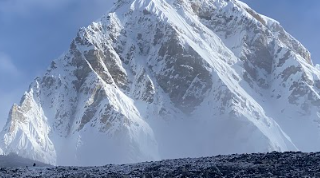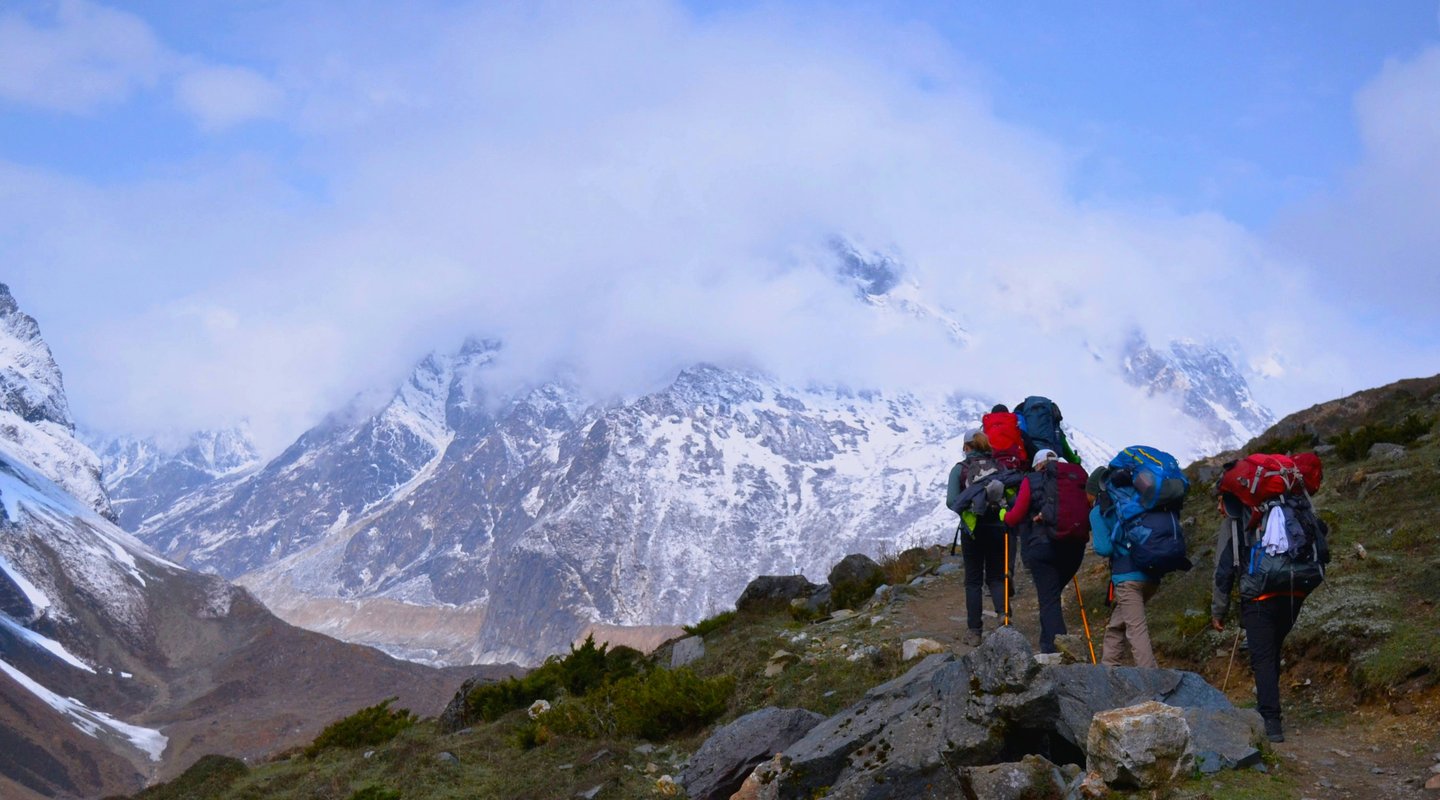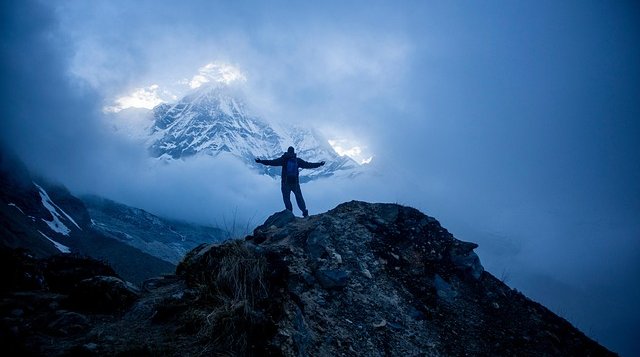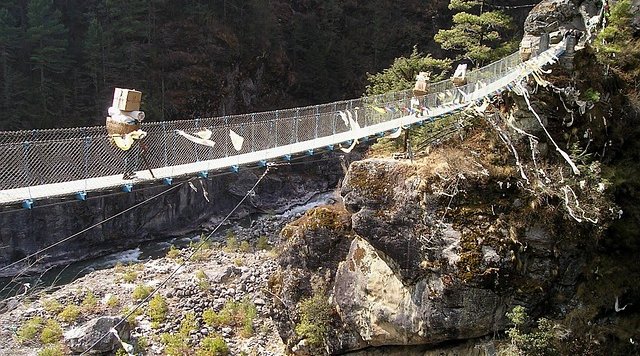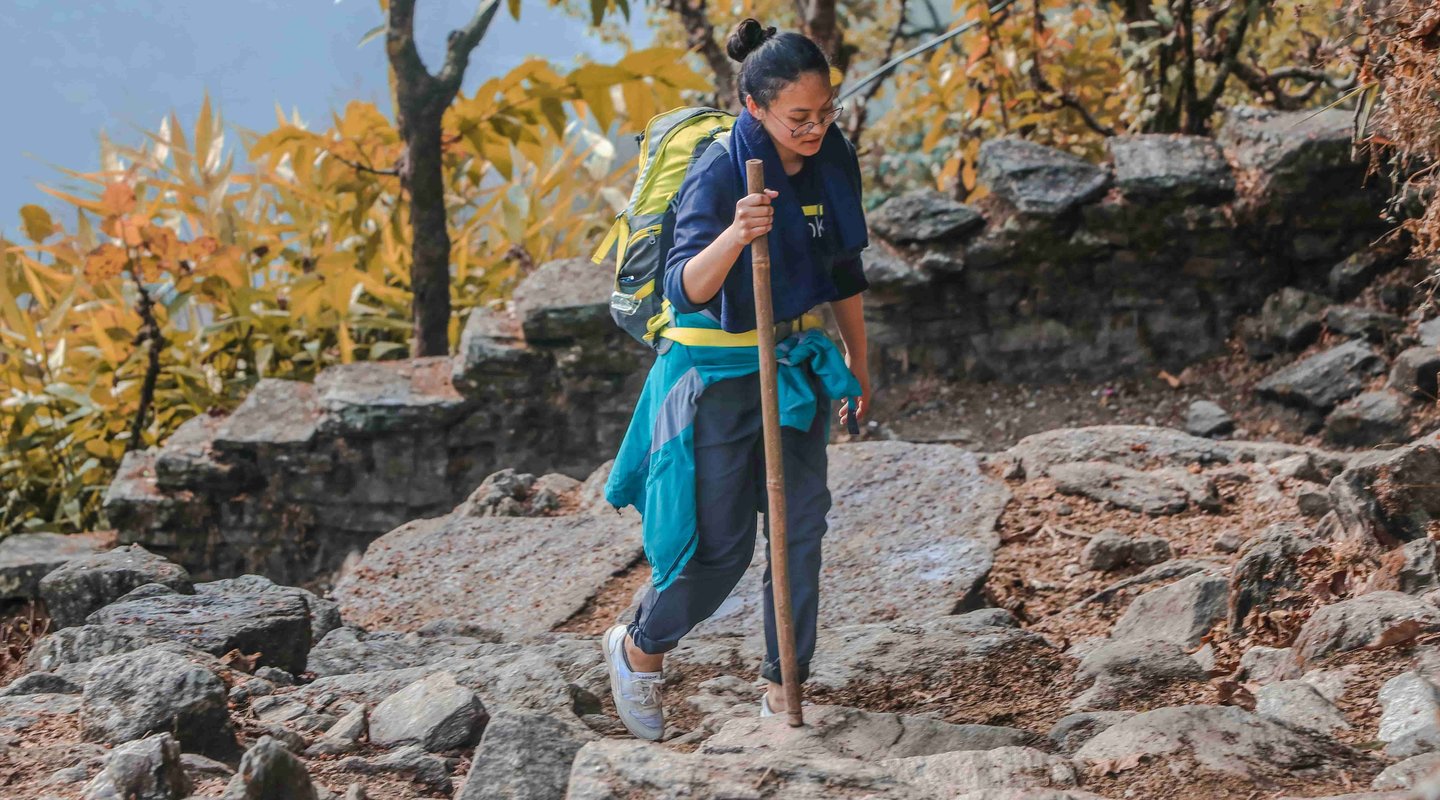Imagine standing beneath the towering peaks of the Himalayas, where each step forward feels like a step into history. Did you know that nearly 70% of trekkers who embark on this journey describe the Everest Base Camp experience as transformative? If you’ve ever dreamed of exploring the roof of the world, our comprehensive Everest Base Camp trek itinerary is here to guide you through every step of your adventure.
In this detailed blog post, we’ll break down a beginner-friendly itinerary, share practical tips, and provide actionable advice to ensure your trek is both unforgettable and safe. Whether you’re planning your first Himalayan expedition or looking for a fresh perspective on this classic route, read on to discover a step-by-step guide that caters to every aspect of your journey.
Planning Your Everest Base Camp Trek Itinerary
A successful trek begins with meticulous planning. With the right preparation, even beginners can confidently navigate the demanding yet rewarding Himalayan trails. The following sections outline a structured itinerary that balances adventure with necessary rest and acclimatization days.
Key Considerations Before You Begin
- Physical Preparation: Start training at least 2-3 months in advance. Focus on cardiovascular fitness, leg strength, and hiking endurance.
- Gear and Clothing: Invest in quality trekking gear, including moisture-wicking layers, waterproof jackets, sturdy hiking boots, and a comfortable backpack.
- Travel Documents and Permits: Ensure your passport is valid and secure all necessary permits (TIMS card and Sagarmatha National Park permit) well before departure.
- Acclimatization: Altitude sickness is a real concern. Building in extra days for acclimatization will help your body adjust to the thinning air.
- Budget Planning: Factor in costs for flights, permits, accommodation, food, and emergency funds. It’s wise to have a little extra for unforeseen expenses.
Your Detailed Itinerary
Day 1: Arrival in Kathmandu
What to Expect:
- Welcome to Nepal: Arrive at Tribhuvan International Airport and transfer to your hotel in Kathmandu.
- Trek Briefing: Attend a pre-trek briefing to understand your itinerary, safety procedures, and cultural etiquette.
Day 2: Fly to Lukla and Trek to Phakding
What to Expect:
- Lukla Flight: Take a scenic morning flight from Kathmandu to Lukla, one of the most thrilling short flights in the world.
- Gentle Start: Begin your trek from Lukla to Phakding (approx. 3-4 hours). The trail gradually introduces you to the altitude and rugged terrain.
Practical Tips:
- Acclimatize Early: Keep your pace slow and steady to help your body adjust.
- Stay Connected: Most teahouses in Phakding offer basic amenities. Enjoy a warm meal and a hot beverage before a good night’s rest.
Day 3: Trek from Phakding to Namche Bazaar
What to Expect:
- Scenic Ascent: Today’s trek (approx. 5-6 hours) takes you along suspension bridges, flowing rivers, and lush forests.
- First Glimpse of Everest: As you near Namche Bazaar, the dramatic Himalayan landscape begins to unfold.
Practical Tips:
- Listen to Your Body: Frequent short breaks can help prevent fatigue.
- Cultural Insights: Interact with local villagers to learn about the Sherpa way of life, which is deeply intertwined with nature and spirituality.
Day 4: Acclimatization Day in Namche Bazaar
What to Expect:
- Explore the Town: Spend the day wandering around Namche Bazaar, the bustling hub of the Khumbu region.
- Acclimatization Hike: Consider a half-day hike to a nearby viewpoint for stunning panoramas and additional acclimatization.
Practical Tips:
- Stay Active: Light exercise can help your body adjust to higher altitudes.
- Rest Well: Ensure you’re well-rested for the challenging days ahead.
Day 5: Trek from Namche Bazaar to Tengboche
What to Expect:
- Cultural Landmark: This leg (approx. 5-6 hours) introduces you to Tengboche, home to the famous Tengboche Monastery.
- Scenic Beauty: Enjoy sweeping views of Everest, Ama Dablam, and other towering peaks.
Practical Tips:
- Visit the Monastery: Take time to explore and appreciate the spiritual significance of Tengboche Monastery.
- Hydrate Frequently: Drink water often to maintain your energy levels and aid acclimatization.
Day 6: Trek from Tengboche to Dingboche
What to Expect:
- Steady Ascent: The journey to Dingboche (approx. 5-6 hours) features a mix of rocky paths and verdant landscapes.
- High-Altitude Challenges: As you gain altitude, the terrain becomes more challenging, but the views are well worth it.
Practical Tips:
- Pace Yourself: Remember that slow and steady wins the race.
- Local Interaction: Chat with fellow trekkers and locals to share experiences and tips for staying healthy at high altitudes.
Day 7: Acclimatization Day in Dingboche
What to Expect:
- Rest and Recover: Spend the day exploring Dingboche and taking short, gentle hikes in the surrounding hills.
- Altitude Adjustment: This is another critical day for allowing your body to acclimatize to the increasing elevation.
Practical Tips:
- Monitor Your Health: Be aware of any signs of altitude sickness.
- Enjoy the Views: Use this day tocapture photos and enjoy the serene atmosphere of the high Himalayas.
Day 8: Trek from Dingboche to Lobuche
What to Expect:
- Dramatic Landscapes: Today’s trek (approx. 5-6 hours) takes you through barren, lunar landscapes, dotted with remnants of past expeditions.
- Increased Altitude: The ascent is steady, preparing you for the final push to Everest Base Camp.
Practical Tips:
- Keep a Steady Pace: Use trekking poles to help maintain balance on rocky and uneven ground.
- Stay Motivated: The stark beauty of the landscape can be both challenging and inspiring.
Day 9: Trek from Lobuche to Everest Base Camp
What to Expect:
- The Final Stretch: After a challenging but rewarding journey, reach Everest Base Camp (approx. 5-6 hours).
- Emotional Milestone: Standing at the foot of the world’s highest peak is a moment of unparalleled achievement.
Practical Tips:
- Celebrate the Moment: Take time to absorb the magnitude of your accomplishment.
- Capture the Memory: Ensure you have your camera ready for those once-in-a-lifetime photos.
Day 10: Trek from Everest Base Camp to Gorak Shep and Hike to Kala Patthar
What to Expect:
- Iconic Viewpoints: Today, you’ll visit Gorak Shep, the last stop before ascending to Kala Patthar.
- Sunrise Spectacle: Wake up early to hike up Kala Patthar for a breathtaking sunrise over Everest and the surrounding peaks.
Practical Tips:
- Layer Up: The temperature can drop significantly, so dress in layers.
- Early Start: Begin your ascent at dawn to experience the magical colors of sunrise.
Day 11: Return Trek from Gorak Shep to Pheriche
What to Expect:
- Descent Begins: Retrace your steps from Gorak Shep to Pheriche (approx. 6-7 hours).
- Reflection: Use this day to reflect on the highs and lows of your journey and enjoy the company of fellow trekkers.
Practical Tips:
- Take Frequent Breaks: Descents can be tough on the knees, so pause often to stretch and rest.
- Stay Hydrated: Continue to drink plenty of water to aid in muscle recovery.
Day 12: Return to Lukla and Fly Back to Kathmandu
What to Expect:
- Final Leg: Complete your trek with a journey back to Lukla (approx. 5-6 hours), followed by a flight back to Kathmandu.
- Celebratory Farewell: Once in Kathmandu, celebrate your incredible achievement and reminisce about your adventure over a delicious Nepalese meal.
Practical Tips:
- Keep Your Memories Alive: Collect photos and notes throughout your trek that you can share with friends and family back home.
- Plan Your Next Adventure: Often, the end of one journey is the beginning of another.
Essential Gear and Packing List
Preparation is the key to success on any trek. Here’s what you should pack to ensure you’re ready for the challenges ahead:
- Clothing: Moisture-wicking layers, thermal underwear, windproof and waterproof jackets, trekking pants, gloves, and hats.
- Footwear: Sturdy, well-broken-in hiking boots with good ankle support.
- Accessories: Trekking poles, sunglasses with UV protection, a wide-brimmed hat, and a lightweight backpack.
- Health Essentials: A basic first-aid kit, altitude sickness medication (consult your doctor), sunscreen, and lip balm.
- Other Must-Haves: Reusable water bottles, a headlamp with extra batteries, a camera, and power banks for your devices.
Frequently Asked Questions (FAQs)
Q1: What is the best time to trek to Everest Base Camp?
A1: The best times are during the pre-monsoon (March to May) and post-monsoon (late September to November) seasons. These periods offer stable weather, clear skies, and moderate temperatures.
Q2: Do I need any permits for the trek?
A2: Yes, you will need a TIMS (Trekkers’ Information Management System) card and a Sagarmatha National Park permit. These are usually arranged by trekking agencies or can be obtained in Kathmandu.
Q3: How physically demanding is the trek?
A3: While the trek is moderately challenging due to the altitude and varying terrain, proper preparation and acclimatization make it manageable even for beginners. Regular physical training before the trek is highly recommended.
Q4: What type of gear is essential for this trek?
A4: Key gear includes sturdy hiking boots, layered clothing for varying weather conditions, trekking poles, and a good-quality backpack. Ensure you also have essential items like a first-aid kit, water bottles, and a headlamp.
Q5: How many days does the trek usually take?
A5: A typical Everest Base Camp trek itinerary spans 12-14 days, allowing ample time for acclimatization, rest, and exploration.
Conclusion
The Everest Base Camp trek itinerary we’ve detailed above is not just a roadmap—it’s a comprehensive guide designed to transform a daunting challenge into an achievable, life-enhancing adventure. From the bustling streets of Kathmandu to the serene solitude of high-altitude trails, every moment of this trek is an opportunity to discover new strengths, immerse yourself in rich cultural traditions, and witness the unparalleled beauty of the Himalayas.
Are you ready to trade your everyday routine for an expedition that will redefine your limits? Join us and become a Himalayan hero adventure—your next epic journey awaits!
Please feel free to contact us at [email protected]
or WhatsApp us at +9779801127073.
Book now for your unforgettable
Everest Base Camp Journey with Himalayanhero Adventures

